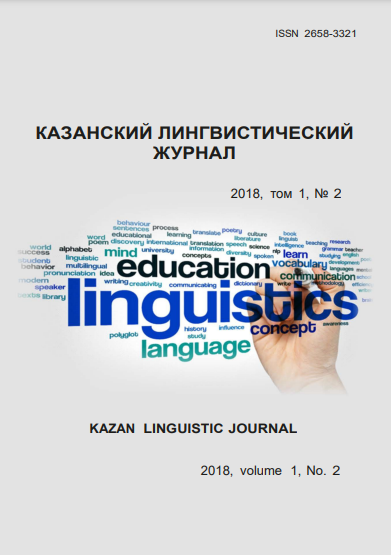Spanish renaissance studies: per aspera ad astra
Keywords:
Spanish Renaissance, cultural history, historiography, Spanish historical science, Renaissance studies, history of mentalitiesAbstract
The present article looks at the formation of the Spanish Renaissance study. It focuses on the milestones in the history of studying Renaissance culture by Spanish scholars which formed an ideal context for germinating a new method to approach the problem, taking into consideration the historical and cultural background of the epoch. The origins of cultural history in Spain are followed from the most outstanding scholars who instructed our contemporaries and gave an impetus to developing this branch of historical knowledge. The generations of scholars who researched Spanish Renaissance are classified into three groups, each of which is unique and forms part of the way towards the cultural history of Spanish Renaissance as we know it today. Special attention is paid to the basic principles which guided the scholars while exploring their national historical background. Along with the general context, the development of Renaissance cultural studies is seen through the prism of the medievalist tradition in Spanish historiography. The evolution of this branch is seen as a process, which begins with the first works on Art History, through the cultural turn, towards cultural history. The history of mentalities is addressed as well as an important factor in forming cultural history in the years of Transition in Spain.
References
Литература
Ángulo Iñiguez D. Historia del Arte. Tomo 2. Madrid: Oñate, 1962. 484 p.
Arias de Cossío A.M. El arte del Renacimiento español. Madrid: Ediciones Encuentro, 2009. 342 p.
Batllori M. Humanismo y Renacimiento: Estudios Hispano-Europeos. Barcelona: Ed. Ariel, S.A, 1987. 197 p.
Caferro W. Contesting the Renaissance. Contesting the past. West Sussex: Wiley Blackwell, 2010. 264 p.
Castro A. El pensamiento de Cervantes y otros estudios cervantinos. Madrid, Trotta, 2002. 736 p.
Gómez Moreno M. La escultura del Renacimiento en España. Barcelona: Pentheon, 1931. 116 p.
Nieto Alcaide V., Checa Cremades F. El Renacimiento. Formación y crisis del modelo clásico. Madrid: Ediciones Istmo, 1981. 398 p.
References
Ángulo Iñiguez, D. (1962). Historia del Arte [History of art]. Tomo 2. Madrid: Oñate. 484 p. (in Spanish).
Arias de Cossío, A.M. (2009). El arte del Renacimiento español [The art of the Spanish Renaissance]. Madrid: Ediciones Encuentro. 342 p. (in Spanish).
Batllori, M. (1987). Humanismo y Renacimiento: Estudios Hispano-Europeos
[Humanism and Renaissance: Hispano-European Studies]. Barcelona. 197 p. (in Spanish).
Caferro, W. (2010). Contesting the Renaissance. Contesting the past. West Sussex: Wiley Blackwell. 264 p. (in English).
Castro, A. (2002). El pensamiento de Cervantes y otros estudios cervantinos
[The thought of Servantes and other Servantes studies]. Madrid, Trotta. 736 p. (in Spanish).
Gómez Moreno, M. (1931). La escultura del Renacimiento en España [The sculpture of the Renaissance in Spain] Barcelona: Pentheon, 116 p. (in Spanish).
Nieto Alcaide, V., Checa Cremades, F. (1981). El Renacimiento. Formación y crisis del modelo clásico [The Renaissance. Formation and crisis of the classical model]. Madrid: Ediciones Istmo. 398 pp. (in Spanish).






